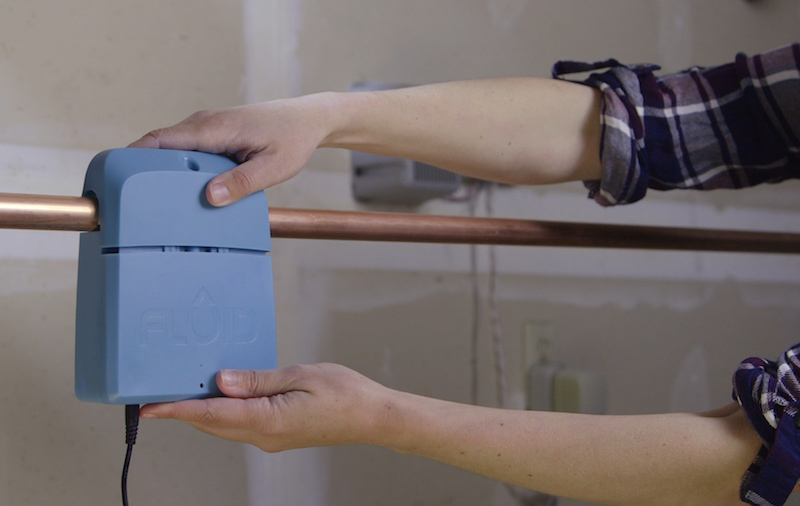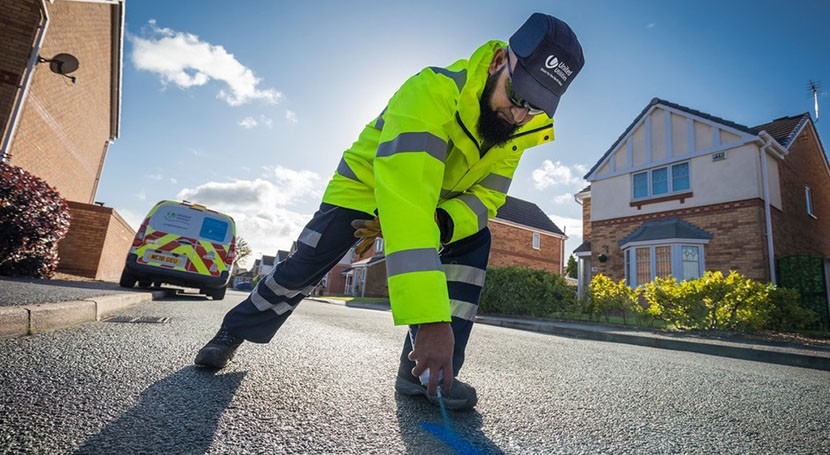Just How Specialist Water Leak Detection Can Save You Money and Avoid Damage
Just How Specialist Water Leak Detection Can Save You Money and Avoid Damage
Blog Article
Cutting-edge Solutions for Early Discovery of Water Leaks in Structures and Facilities
From sophisticated leakage discovery innovations to the deployment of IoT sensors for real-time monitoring, the landscape of leak prevention is developing quickly. Automated water flow analysis systems are reshaping how leakages are recognized and resolved, leading the means for an aggressive strategy to water leakage detection.
Advanced Leak Detection Technologies
Advanced leak detection technologies, equipped with sophisticated sensing units and formulas, play a critical duty in promptly determining and identifying water leaks in numerous setups. These innovations utilize a combination of acoustic, thermal, and electro-magnetic picking up techniques to discover leaks properly. Acoustic sensing units discover the sound of escaping water, permitting specific localization of the leak source. Thermal imaging detects temperature level modifications triggered by water leakage, offering another reliable technique for leak recognition. Electromagnetic sensors can determine changes in electro-magnetic fields caused by water, supplying yet one more layer of leakage detection capability.

IoT Sensors for Real-Time Monitoring
In the realm of contemporary water leakage discovery, the integration of IoT sensors for real-time monitoring represents an essential innovation in boosting proactive leak detection abilities. These sensors use constant surveillance of water supply, giving real-time information on water circulation prices, stress variants, and temperature level adjustments. By leveraging IoT technology, these sensors can spot even the smallest anomalies in water usage patterns, enabling early recognition of possible leakages prior to they rise right into significant problems.
IoT sensing units transfer data to a centralized system, where innovative formulas assess the details and create alerts or notices when irregularities are spotted. This real-time surveillance ability allows homeowner or center managers to immediately deal with leaks, decreasing water damage, lowering repair service costs, and preserving water sources.
Moreover, IoT sensing units can be integrated with building monitoring systems, enabling automated actions to identified leakages, such as turning off water shutoffs or triggering pumps to reduce the effect of leaks. Overall, the application of IoT sensors for real-time surveillance significantly improves the performance and performance of water leakage detection in structures and infrastructure.
Machine Learning Algorithms for Leak Forecast

One trick advantage of using machine discovering for leakage forecast is its ability to constantly discover and boost its see post accuracy with time. As even more information is gathered and fed into the algorithm, it can fine-tune its predictions and adjust to changing conditions, eventually boosting the reliability of leak detection systems.
Additionally, artificial intelligence formulas can assist in determining refined signs of leaks that may go undetected by standard tracking approaches. water leak detection. By examining complex data embed in real-time, these formulas can supply very early warnings and notifies, enabling punctual treatment and preventive upkeep to minimize potential water damages and linked costs
Using Thermal Imaging for Leak Detection
Thermal imaging technology offers an encouraging technique for finding water leakages in different systems and infrastructures. By utilizing infrared radiation and temperature level variations, thermal imaging cameras can determine concealed leakages that are not conveniently noticeable to the naked eye.
One of the vital advantages of thermal imaging for leakage detection is its non-intrusive nature. In general, the usage of thermal imaging innovation boosts the effectiveness and precision of water leakage detection, making it an important tool for maintaining the stability of structures and facilities.
Automated Water Flow Evaluation Equipments
Just how can automatic water circulation analysis systems reinvent the detection and monitoring of leakages in various systems and infrastructures? Automated water flow analysis systems use over here a proactive strategy to leak detection by continually keeping track of water circulation prices and patterns. By developing standard information, these systems can rapidly determine inconsistencies that may indicate a leakage, allowing prompt treatment to avoid extensive damages.
These systems use innovative formulas to examine real-time information and give instant informs when abnormalities are spotted, enabling for speedy activity to be taken. Furthermore, automatic water circulation analysis systems can be incorporated with structure monitoring systems or IoT platforms, enhancing total efficiency and allowing remote surveillance capacities.
Furthermore, the information accumulated by these systems can be made use of for predictive maintenance purposes, assisting to determine possible powerlessness in the facilities prior to leakages take place. Generally, the implementation of computerized water circulation evaluation systems can significantly boost leak discovery and administration practices, ultimately causing cost financial savings, minimized water wastage, and raised sustainability in structures and infrastructure.

Conclusion
In final thought, the integration of sophisticated leakage detection modern technologies, IoT sensors, maker discovering formulas, thermal imaging, and computerized water circulation analysis systems uses innovative remedies for early discovery of water leakages in structures and infrastructure. These technologies make it possible for real-time monitoring, forecast of leakages, and reliable detection techniques to stop water damages and wastage. Implementing these services can aid in preserving the integrity and sustainability of water supply in numerous settings.
Report this page